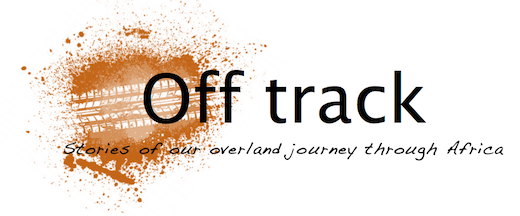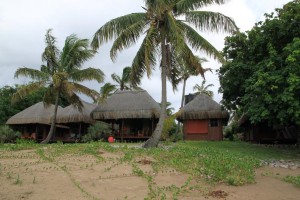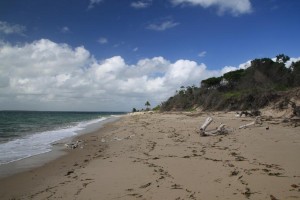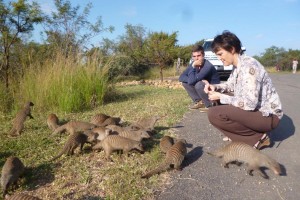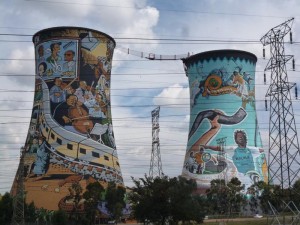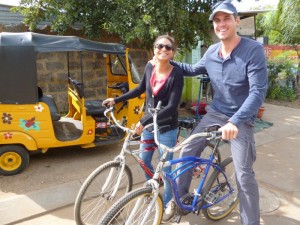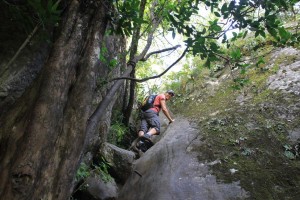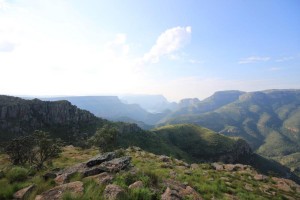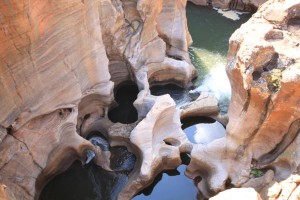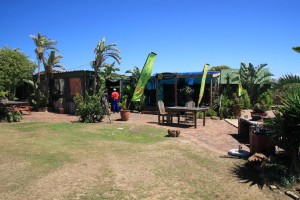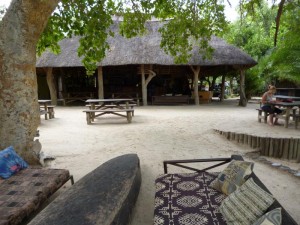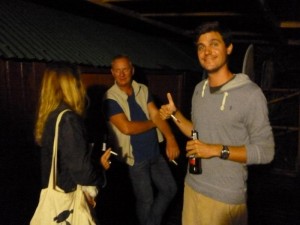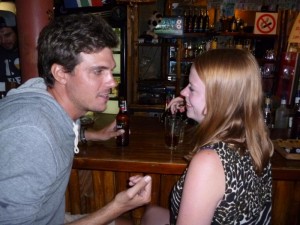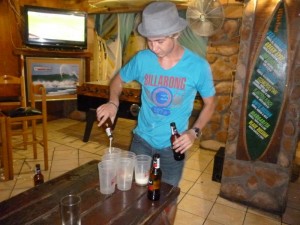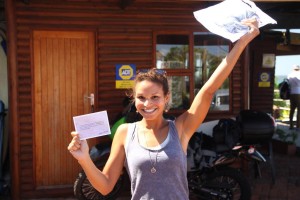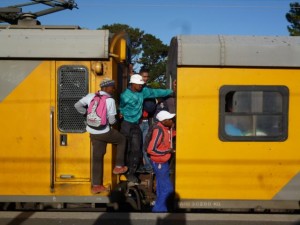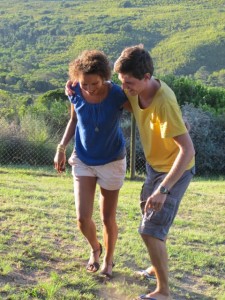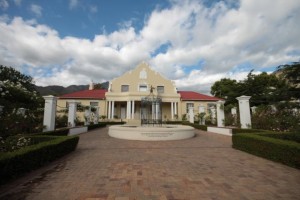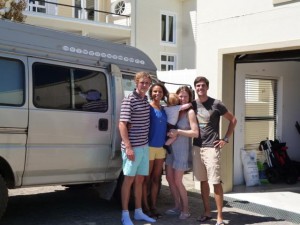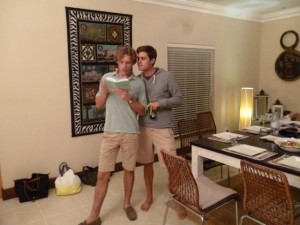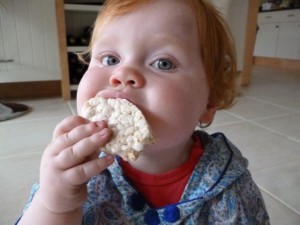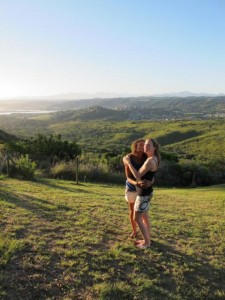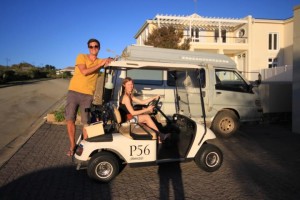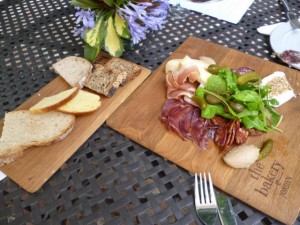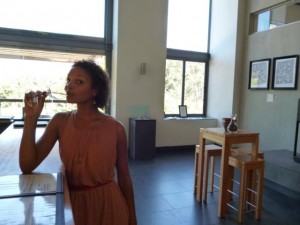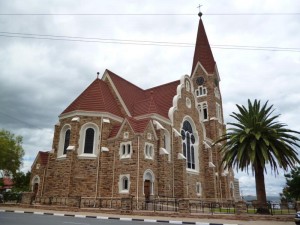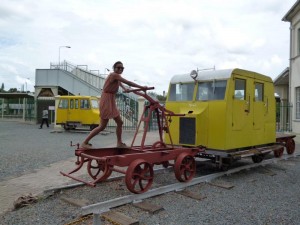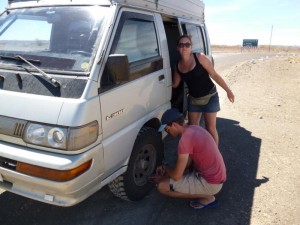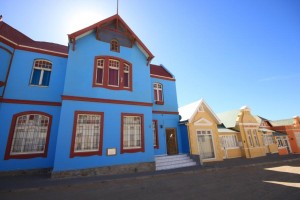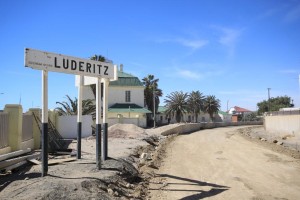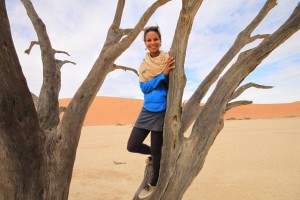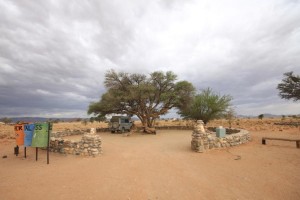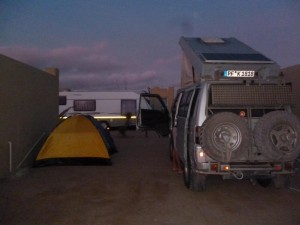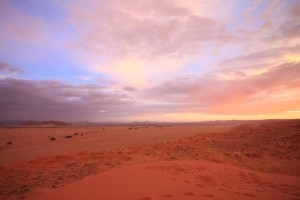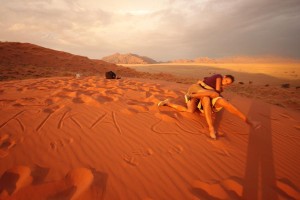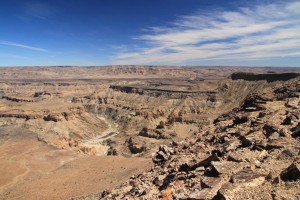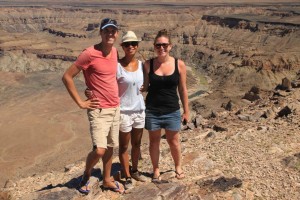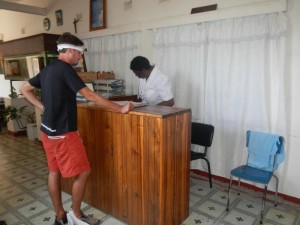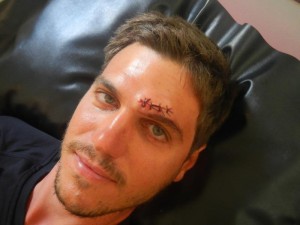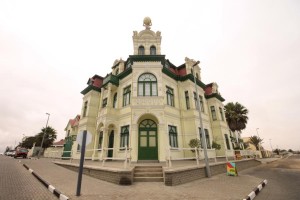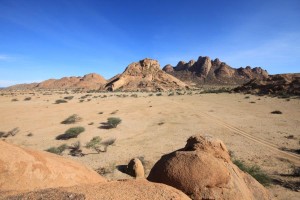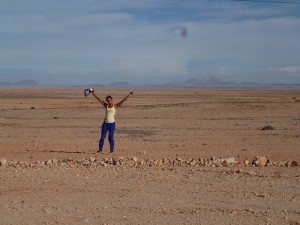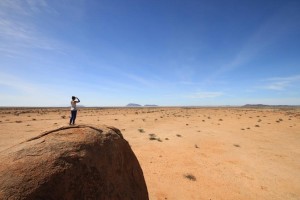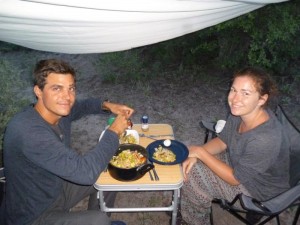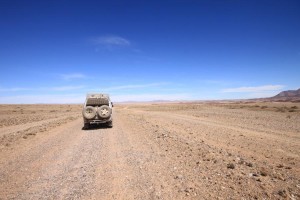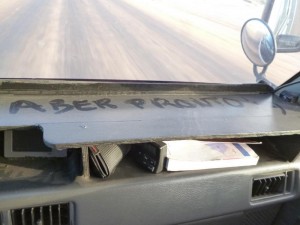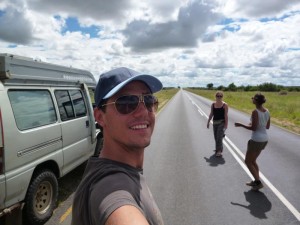Final closure of our great adventure
Looking back on the most amazing experience in our lives
This is it. My last day in Africa, the nine month journey has come to an end. With one eye on the pictures we made along the way, I’m thinking of all the beautiful and inspiring sights we have seen and the exciting or challenging experiences we had. It has truly been a life lesson, and a next step towards ‘real adulthood’.
Reflecting on the journey, we would like to share some insights and conversations we had with many people along the way. A Q&A.
The number 1 country?
Ethiopia. This country surprised us by boasting the remains of a high culture that they had 1500 years ago. The country is unique because it is proud of never having been colonised, therefore having their own architecture, their unique food (as opposed to the fried chicken and burgers everywhere else), their own music. The nature is stunning.
The most beautiful country?
Namibia. We would urge anyone to go and see Damaraland, the Namib desert, the Fisch River Canyon and Sossusvlei for himself.
Where we felt unsafe?
The only moment that we felt unsafe, was waking up in the middle of a Muslim Brotherhood demonstration when being parked in the city of Aswan. The demonstrations with hundreds of killings wasn’t so long ago and we feared for the worst.
What was different then expected?
– We expected that diesel would be scarce and that we need to make sure the extra tank was always full. Reality: Gas stations are everywhere. Africa has been developing…
– We expected to see hungry people in extreme poverty everywhere. Imagine the famine images that we know from Ethiopia 15 years ago. Reality: People are definitely not rich and still many people live in extreme poverty. However, many countries have been developing at a fast pace and have a large middle class.
– We expected wild animals to walk around everywhere. Reality: game is only to be found in wild parks. Only occasionally you could stumble across a hippo walking around in its heritage site (perceived in-the-wild).
– We expected thousands and thousands of kilometers dirt roads. Or a total lack of roads in some places. Reality: there are a lot of good roads, albeit many with potholes. The Chines infrastructure companies, who are present everywhere throughout Africa, are doing a quick and dirty job.
– We expected millions of insects. In reality, only in Eastern Africa we got bugged by mosquitoes quite a bit, but apart from that, no giant spiders, bed bugs or nasty skin-eating worms.
– We expected more traditional dishes, like the one in Ethiopia. Instead: burger, fries and chips were the national dish of almost every sub-Saharan country.
What were interesting themes?
– Corruption. How can it be that we read in Spiegel that in South Sudan, where famine is lurking, 1 billion USD has vaporized? We weren’t surprised, we have diabolic examples of corruption. For example: Africa’s richest woman is the first lady of Angola, because of every barrel of oil, 3 USD is transferred to her account. Or: Malawi’s president, a country that depends for 40% on foreign aid, owns a private jet of 27 million USD. Or: NGOs have to reregister every year,which brings a nice fee in the hands of people who definitely don’t need that money.
– HIV/Aids. Life expectancy in some countries is as low as 40 years, because infection rates count up to 27% in some countries. This is partly due to the fact that some African leaders have ridiculous beliefs on how infection could be prevented effectively. For example: In Zanzibar miniskirts are bound to be prohibited. In Uganda, abstinence is preached in stead of using condoms. In Lesotho, girls up to 18 years weren’t allowed to have sex for a period of 5 years.
– Cultural differences between the African community-based living and European individualism. Africans live closer together than we do and think more about their community members than we do. Personal distance between people is smaller. For example: one time an exhausting looking woman, with a baby and many bags in her hands, entered the bus. It looked like she needed a brake and without comment, she handed her baby to an unknown women next to her. The woman took the baby without questions and held the little one for the full hour.
– Clear separation of black and white in all aspects of life. You see black people riding the bus in working clothes to work in all white suburbs. In the subway everybody is black, in fancy restaurants everybody white. Mixed couples are a rarity.
– Condescending attitude towards women in Muslim countries Sudan and Egypt. If you don’t wear a headscarf, you are supposed to be open to (sexual) contact. Some men don’t want to shake your hand. Even as tourists, you feel that women are second degree citizens.
– Indian domination in the SME: Indians manage, handle the cash and don’t leave their desks. The blacks do the dirty work and manual labour. We haven’t seen many Chinese management in shops, beside the typical China shops they own. But they generally employ Chinese on the work floor instead of Africans.
What our highlights top 3’s were?
– Beautiful: 1) Simien Mountains, 2) Victoria Falls, 3) Sossusvlei
– Cultural: 1) Lalibela, 2) the pyramids in Cairo, 3) Stone Town in Zanzibar.
– Best cities: 1) Cape Town, 2) Kampala, 3) Windhoek.
– Worst cities: 1) Khartoum, 2) Alexandria, 3) Addis Abeba
– Nicest people: 1) Soweto / South Africa, 2) Namibia, 3) Uganda
– Unfriendly people: 1) Egypt, 2) Ethiopia, 3) Kenya.
This journey has been the most impressive adventure in our lives. At least for me, I know that Cornelius’s time in Nice makes up very good competition and might share first place with the Africa trip on his list 🙂 Impressive in the sense that we took risk of quitting our jobs, quitting our apartments, selling all our stuff and making a large investment in the car. But also to accept insecurity by choosing to drive through Africa, home to a number of dangerous areas where we had to drive through. Also the personal development that we both actively worked on, has brought us to a different level.
No matter how bad things may turn out, how long I have to look for a job, or potential employers frowning upon the fact that we took a sabbatical “already at this age, young people should learn to work first! Application rejected!”, we will always look back on this as one of the best decisions we ever made.
Read More